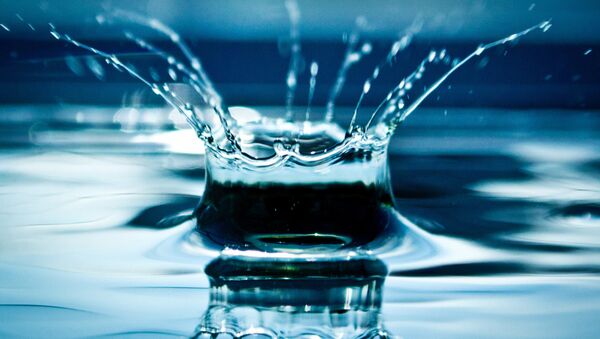The scientists have designed a new material that takes inspiration from the bumpy surface of desert beetles, the slope of cactus spines, and the coating of pitcher plants which combines their ability to condensate water from the air and collects water six times faster than other synthetic surfaces.
"By optimizing that bump shape through detailed theoretical modeling and combining it with the asymmetry of cactus spines and the nearly friction-free coatings of pitcher plants, we were able to design a material that can collect and transport a greater volume of water in a short time compared to other surfaces," explained Kyoo-Chul Park, a postdoctoral researcher and the first author of the paper, which was published in the journal Nature on Wednesday.
The invention is not only useful for harvesting water vapor more efficiently when water sources are scarce, but also holds promise for industrial use. Controlling dropwise condensation is fundamental to thermal power generation, desalination, air conditioning, distillation towers and other applications.
A beetle, a cactus and a pitcher plant walk into a bar…and inspire a new material https://t.co/T8wdWi635Q pic.twitter.com/AQUzfVlGBu
— Harvard SEAS (@hseas) 26 февраля 2016 г.
"Thermal power plants, for example, rely on condensers to quickly convert steam to liquid water," explained Philseok Kim, a co-author of the paper.
"This design could help speed up that process and even allow for operation at a higher temperature, significantly improving the overall energy efficiency."


